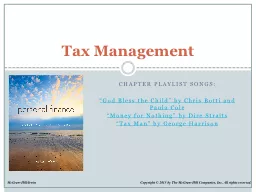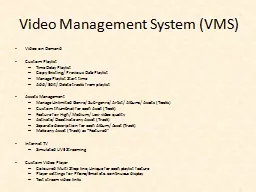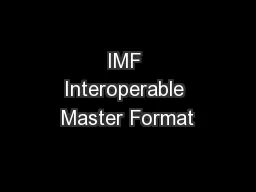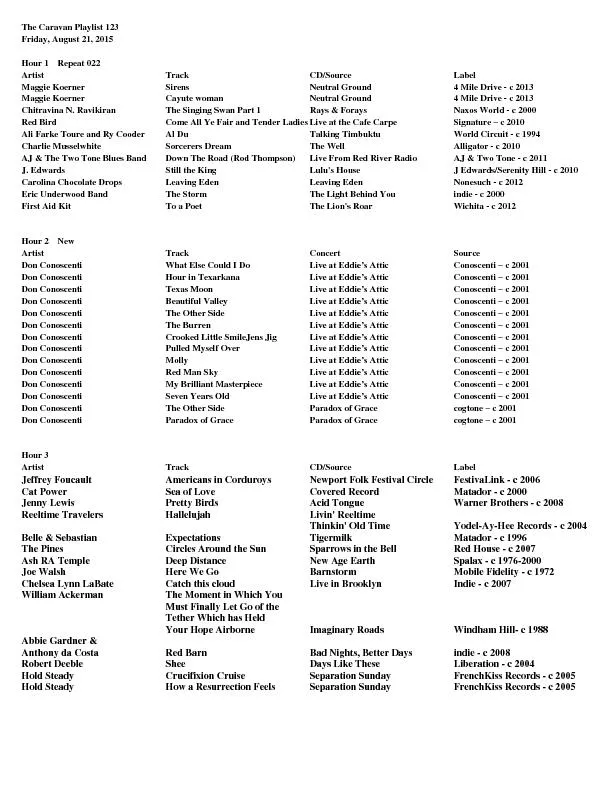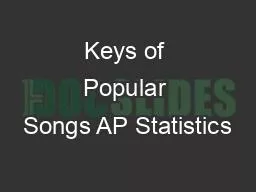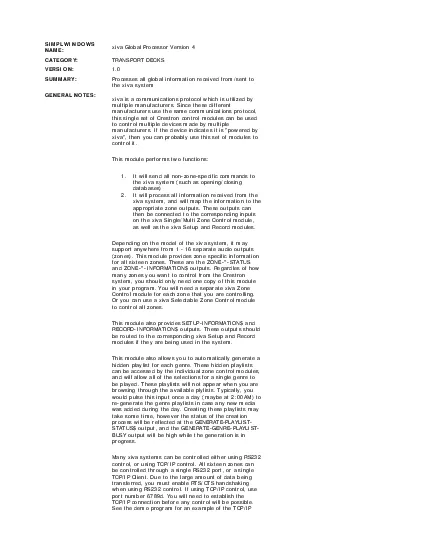PPT-CHAPTER PLAYLIST SONGS:
Author : conchita-marotz | Published Date : 2017-06-07
God Bless the Child by Chris Botti and Paula Cole Money for Nothing by Dire Straits Tax Man by George Harrison Tax Management Learning Objectives LO 91 Describe
Presentation Embed Code
Download Presentation
Download Presentation The PPT/PDF document "CHAPTER PLAYLIST SONGS:" is the property of its rightful owner. Permission is granted to download and print the materials on this website for personal, non-commercial use only, and to display it on your personal computer provided you do not modify the materials and that you retain all copyright notices contained in the materials. By downloading content from our website, you accept the terms of this agreement.
CHAPTER PLAYLIST SONGS:: Transcript
Download Rules Of Document
"CHAPTER PLAYLIST SONGS:"The content belongs to its owner. You may download and print it for personal use, without modification, and keep all copyright notices. By downloading, you agree to these terms.
Related Documents

